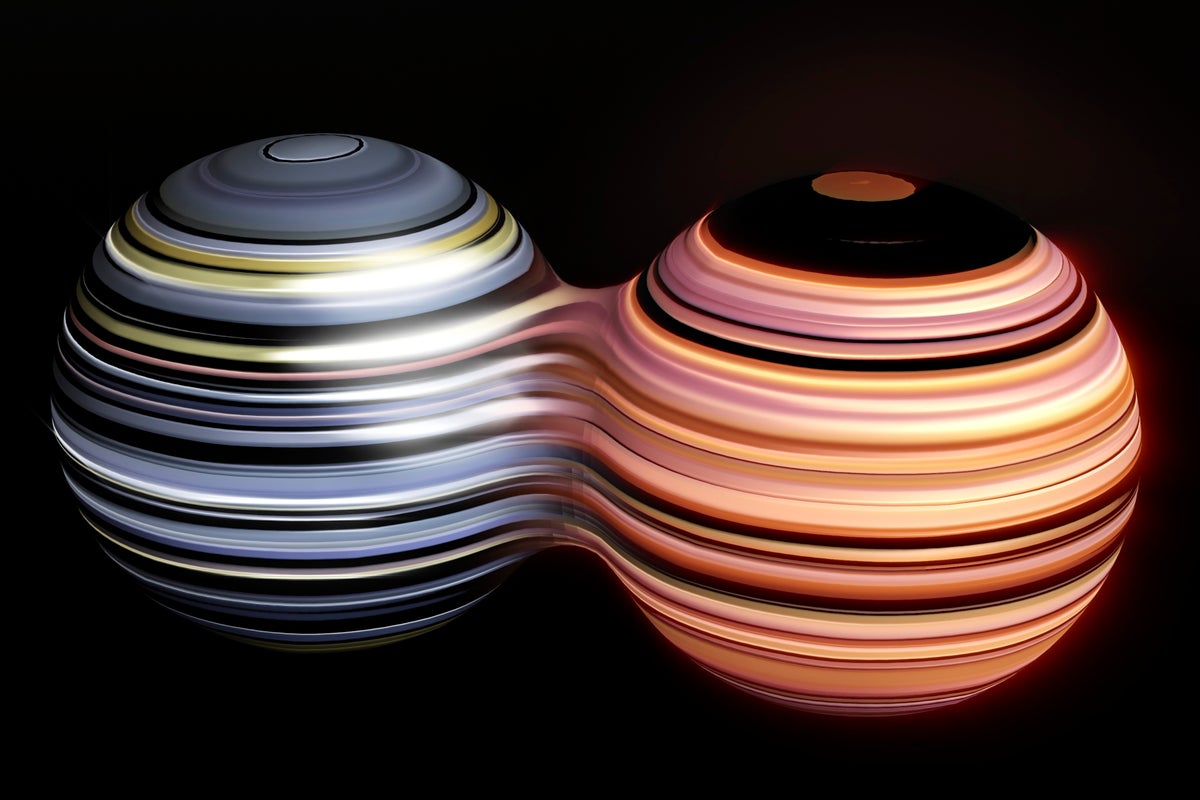
"For decades, physicists have been compelled by the idea that ultracold electrons in microscopic devices could behave collectively to form quasiparticles resistant to noise both environmental perturbations and the inherent atomic jostling that plagues all quantum systems. The resilience of these Majoranas could make them ideal candidates for forming qubits, the informational units in quantum computers that are analogous to bits in classical machines."
"In September 2018, a team led by Charlie Marcus, a physicist at the University of Copenhagen, who also worked for Microsoft at the time, posted a manuscript to the preprint server arXiv that described a fresh approach to generate Majoranas. The researchers made nanowires of indium arsenide surrounded by a shell of aluminium. Applying a small magnetic field, they then measured electrical signals consistent with pairs of Majoranas, one at either end of each wire."
An influential 2018 experiment reported electrical signals interpreted as paired Majorana quasiparticles in indium arsenide nanowires coated with aluminium and subjected to small magnetic fields. The experiment later included theoretical simulations and was published in Science. An extensive correction was issued five years after publication. Two physicists who raised concerns about the validity of the data say the correction does not sufficiently address their issues, prompting renewed dispute. Majorana quasiparticles are theorized to be noise-resistant collective excitations that could serve as qubits. Attempts to demonstrate Majoranas have repeatedly faced challenges and scrutiny, including high-profile claims by Microsoft.
Read at www.nature.com
Unable to calculate read time
Collection
[
|
...
]